Bahay Tsinoy in Intramuros
I’ve been wanting to take the kids to Bahay Tsinoy in Intramuros eversince I’ve come across it on my news feed. We weren’t able to when we first toured Intramuros because it was closed on Mondays.
Bahay Tsinoy can be found along Anda street in Intramuros. In some ways, it’s a lot like the Lights & Sounds Museum where there were life-sized figures that depicted our history, but this one is specifically dedicated to reminding us of how far back and how tight our affiliation go with our Chinese friends.
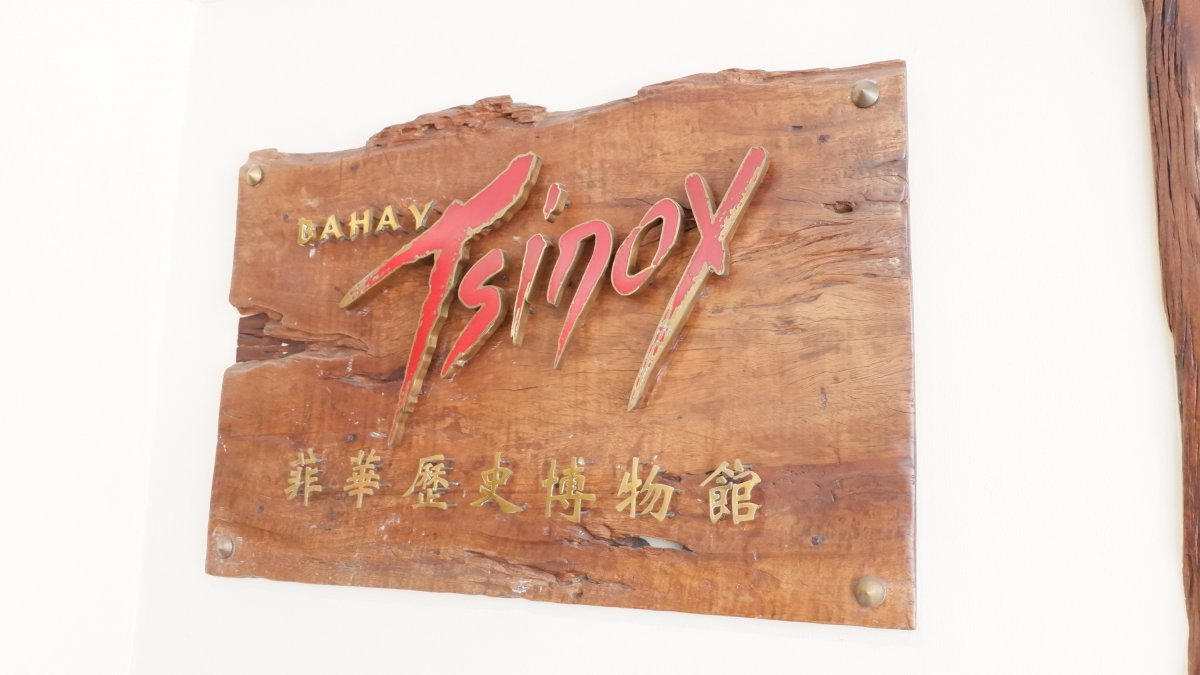
I know it doesn’t seem that way right now, with the dispute happening with regards to Spratly Islands, but did you know that the Chinese settlers once took arms and fought side by side with the Filipinos against the cruel Spanish colonizers?
One of the more known Chinese settlers who enlisted in General Emilio Aguinaldo’s army was Jose Ignacio Paua. He was one of the signatories of Biak-na-Bato constitution and raised money to fund the revolution.

Traders, not colonizers
When the Chinese first came here, they were traders who brought silk, pottery, gold dust, pearl and other products. They were business people who passed on their knowledge and skills to our people.
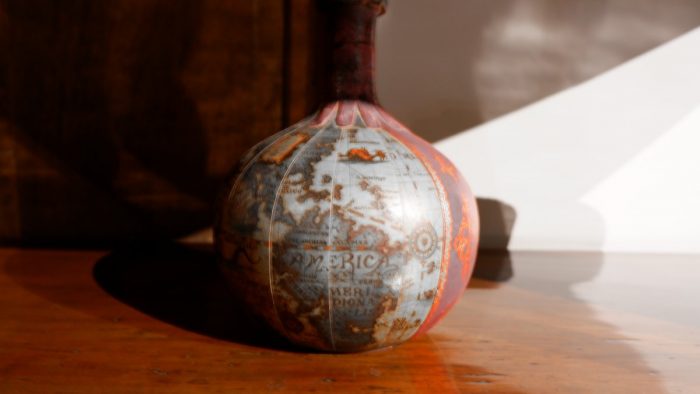
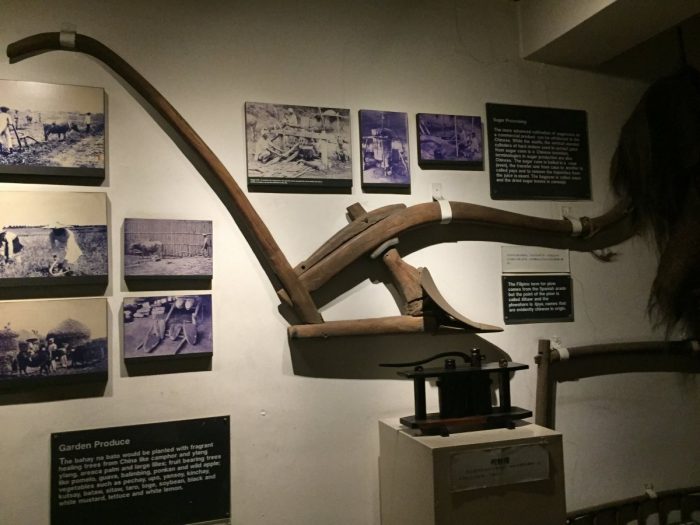

The Sari Sari store, the goldsmiths, the shoe repair stands – these are all Chinese influences deeply ingrained in our culture.
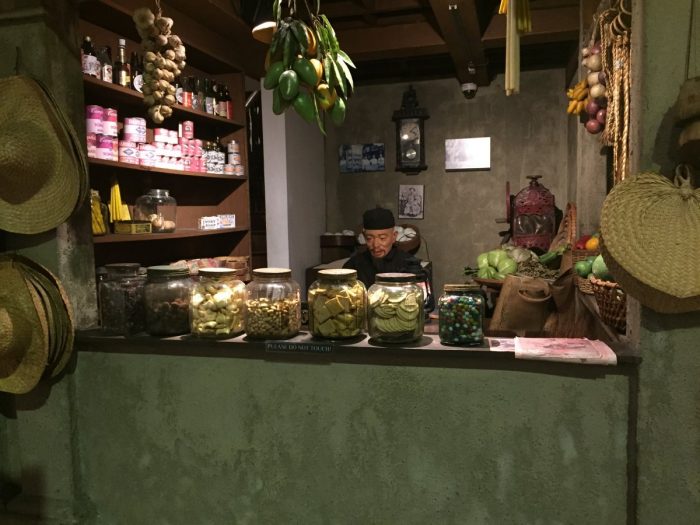
They taught us printing and food processing techniques, among other things.
The first Chinese that arrived at our shores came to do business, not to conquer. (I think we can all agree that we live in different times)
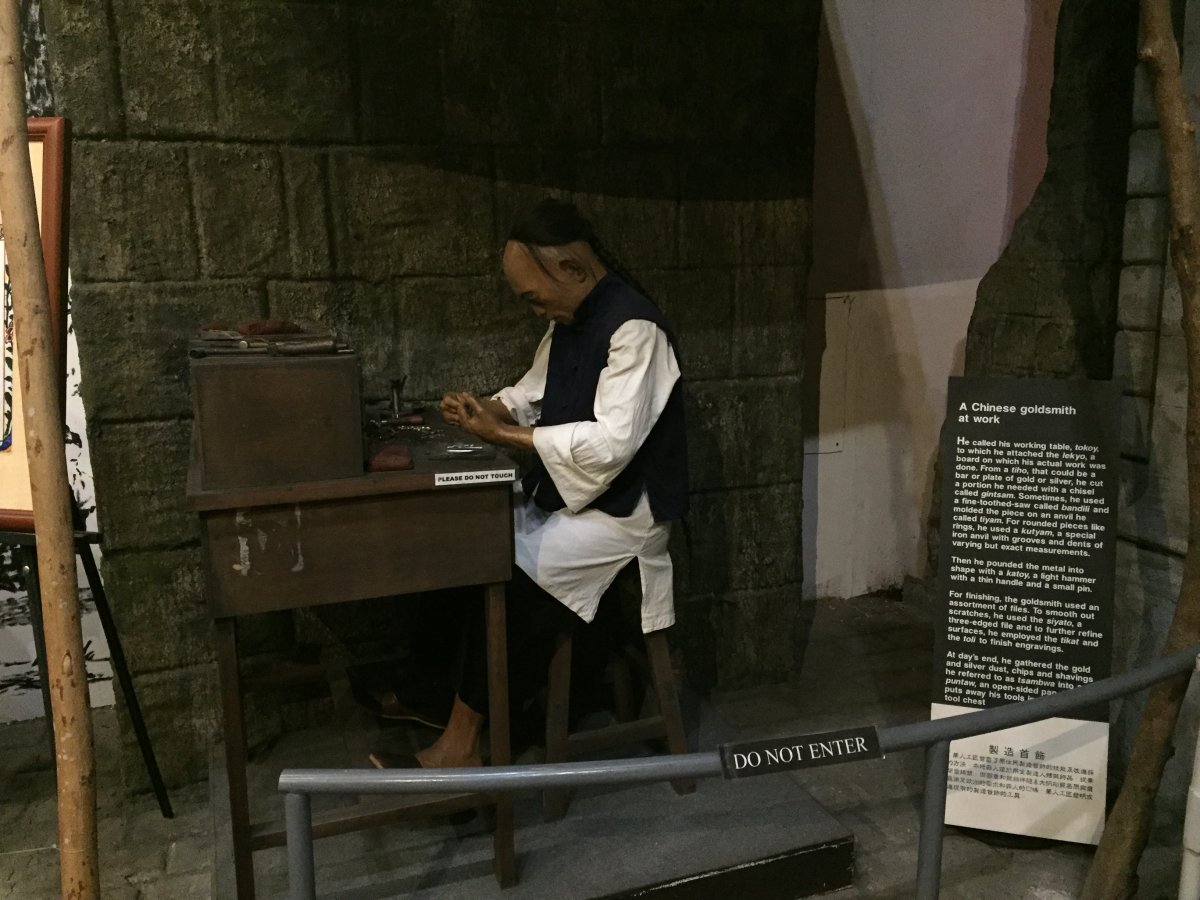

Binondo
I mentioned in my previous blog about our trip to Intramuros that the Chinese settlers were also mistreated by the Spaniards. The walls of Intramuros were built to keep our people and our Chinese friends away from the Spaniards.
The Chinese settlers were put together in a place called Binondo. At Bahay Tsinoy, there were pictures of the old Binondo.
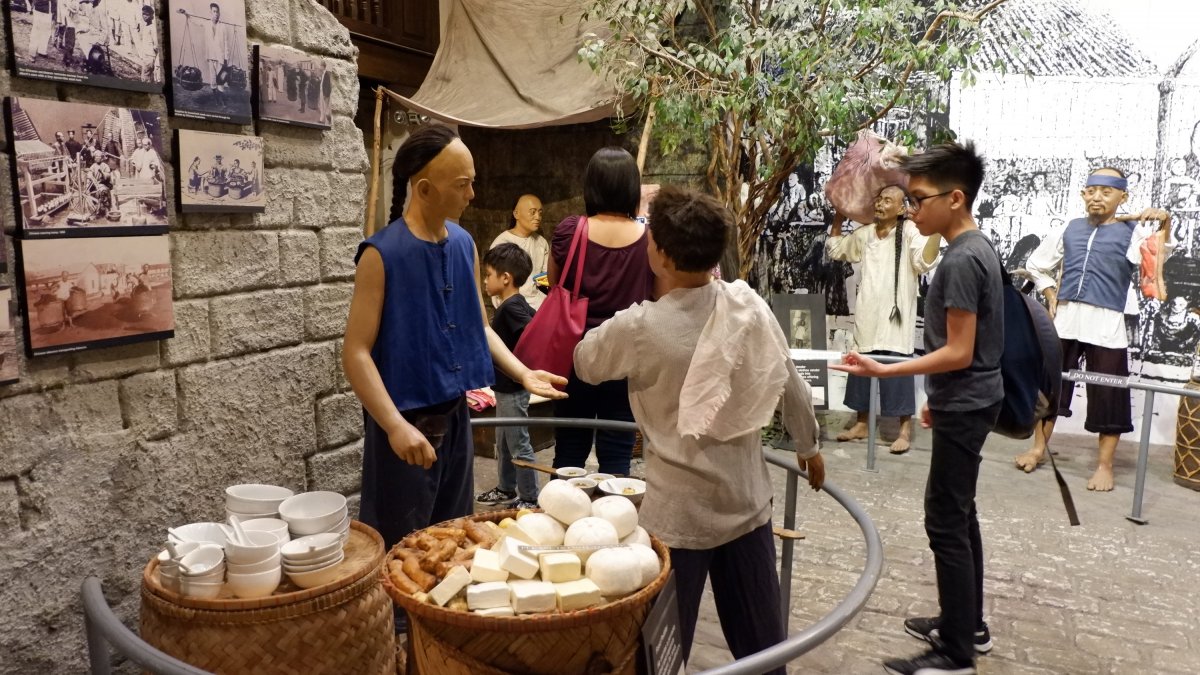
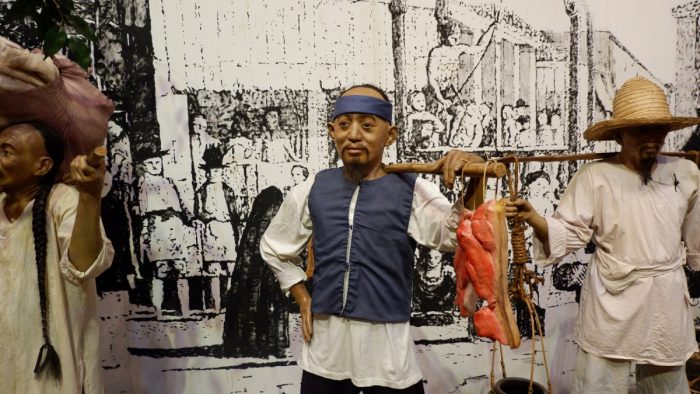

The Chinese – Filipino through generations
Bahay Tsinoy also shows us how the Filipino-Chinese community has been contributing to our nation building throughout the years.
From the investors like the Sy’s and the Gokongwei’s, to musicians like Jose Mari Chan, who also happens to be a baron of one of the largest sugar cane plantation, to people who ran for government – like the Cojuangcos.
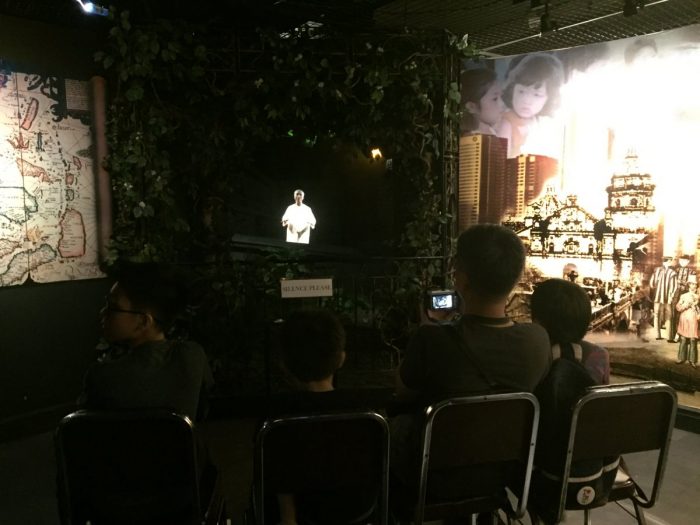

There are also those who participated in relief missions, ran charities and orphanages, volunteered in fire brigades and school building projects, and so much more.
If there’s anything to learn from Bahay Tsinoy, it’s that the Filipino-Chinese is not a spectating community, but a community that actively contributes to our growth as a nation.

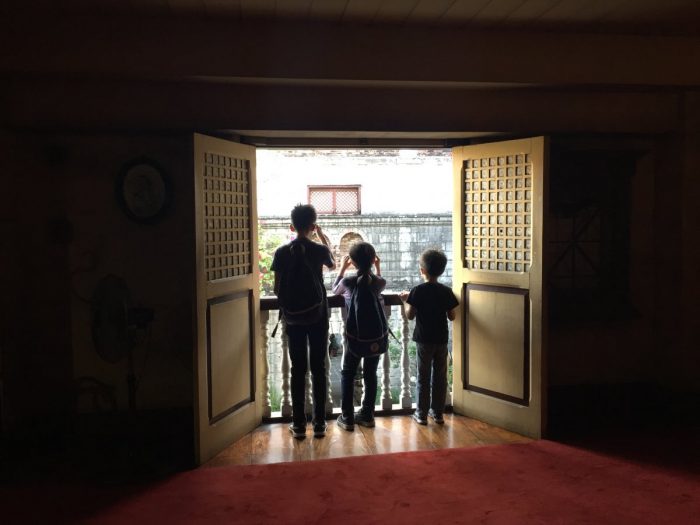
26 Comments
Czjai
We had the chance to visit this place during my son’s field trip. Nice museum, and the displays were very informative.
Que Sullano - Gavan
This is definitely a stop when visiting Intramuros!
Peachy @ The Peach Kitchen
Uy, I have to take my kids here. They haven’t been to Bahay Tsinoy yet.
Charlyn June
One thing I’d want to thank the Chinese is there part in the business industry. My mom is a Sari-sari store owner sinxe I was a kid and I am so proud of it.?
May De Jesus-Palacpac
Wow!
Kath
Looks like the kids did have fun. And the place really looks interesting ha. Thanks for sharing about this. ??
Lotlot
Wow so timely foe chinese new yr. Ive never to this place yet but this sound interesting. Thanks for posting.
Karla Niña Mallannao
I remember we went here wayback in college for our project in one of our major subjects. So much learning and trivias about the culture of Chinese. So timely because of the recent Chinese New Year. ?
Monz
Nice museum! Definitely a must visit place in Intramuros.
iamstudentsaver
We’ve been there on our field trip and yes, but nadaanan lang namin haha but it was beautiful. It was like nakapunta rin ako as seeing on the pictures! ?
Blair villanueva
Thanks for your post, i am interested to pay them a visit. I dint understand why many Filipinos hates Chinese, where in fact they are technically Filipinos’ immediate brothers, we share similar culture and tradition, and never invades any country. Hearsays destroys harmonious relationships.
May De Jesus-Palacpac
That’s true. But the events in Spratly Islands nowadays can be alarming.
Lee
This is new in Intramuros. Shocks will go here very soon
She
I think Binondo so rich in terms of Culture and most specially with their food.
May De Jesus-Palacpac
Yes, can’t wait to visit with the kids. But I need to lose some weight first to prepare for the food hop haha
Renz
Wow! I should go there, para siyang wax museum! <3
May De Jesus-Palacpac
More like a paper mache museum, I think. 🙂
Badet Siazon
I studied in Mapua, nasa loob ako ng Intramuros for 5 years and yet hindi ko na-visit to? 🙁
May De Jesus-Palacpac
I think it’s a newer attraction in Intramuros. 🙂 Along with the Lights & Sounds Museum.
Wendy
I would love to visit this place with my sons when we go home. We have a big Chinese community and an established Chinatown because they came to the Philippines as traders and immigrants, never as colonizers. Binondo, as a Chinatown, was established mid-1500’s! That’s a very long history together!
Danica Marasigan
It’s my first time to hear about Chinese museum. Even if we have conflicts with them, it can’t be denied they contributed a lot to our culture and history. Their influences are part of the lifestyle we carry on today. Thanks for posting, I learned more about our history with the Chinese. 🙂
Mariel (The Flawsome Lady)
My first visit to Bahay Tsinoy was during my elementary days! It’s amazing how they maintained this museum just like the first time I visited it. I think I need to go back and refresh my knowledge about Fil-Chi culture.
Dale
I remember the last I’ve been here was about a decade ago. Good to know it’s still up!
Teresa Dumadag
We enjoyed our visit to this museum also last June 12. I’m glad we got to visit for free.
Em Nuqui-Alejandrino
Wow. Thanks for sharing. Lalagay ko to sa Bucket List.
Pingback: